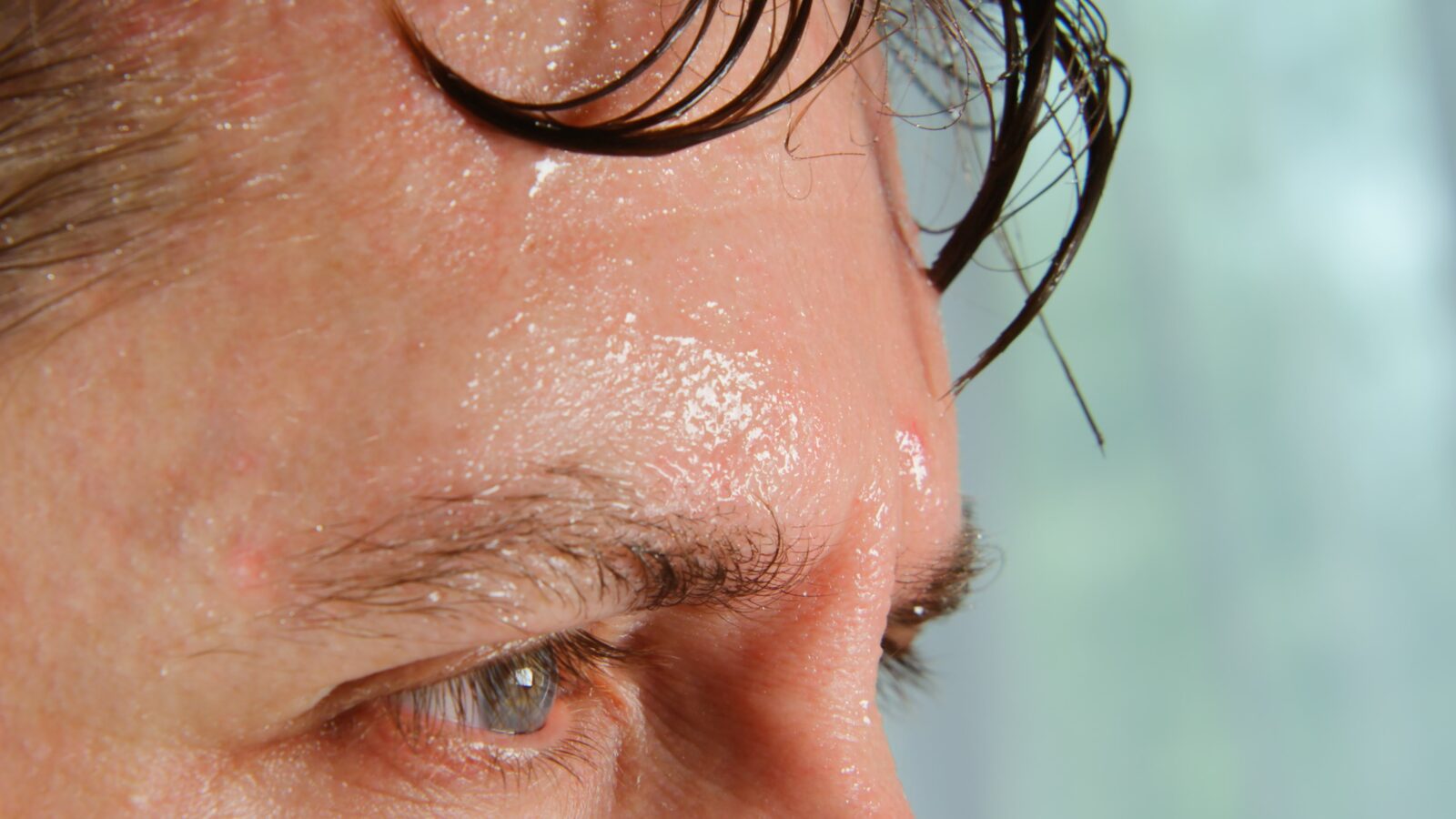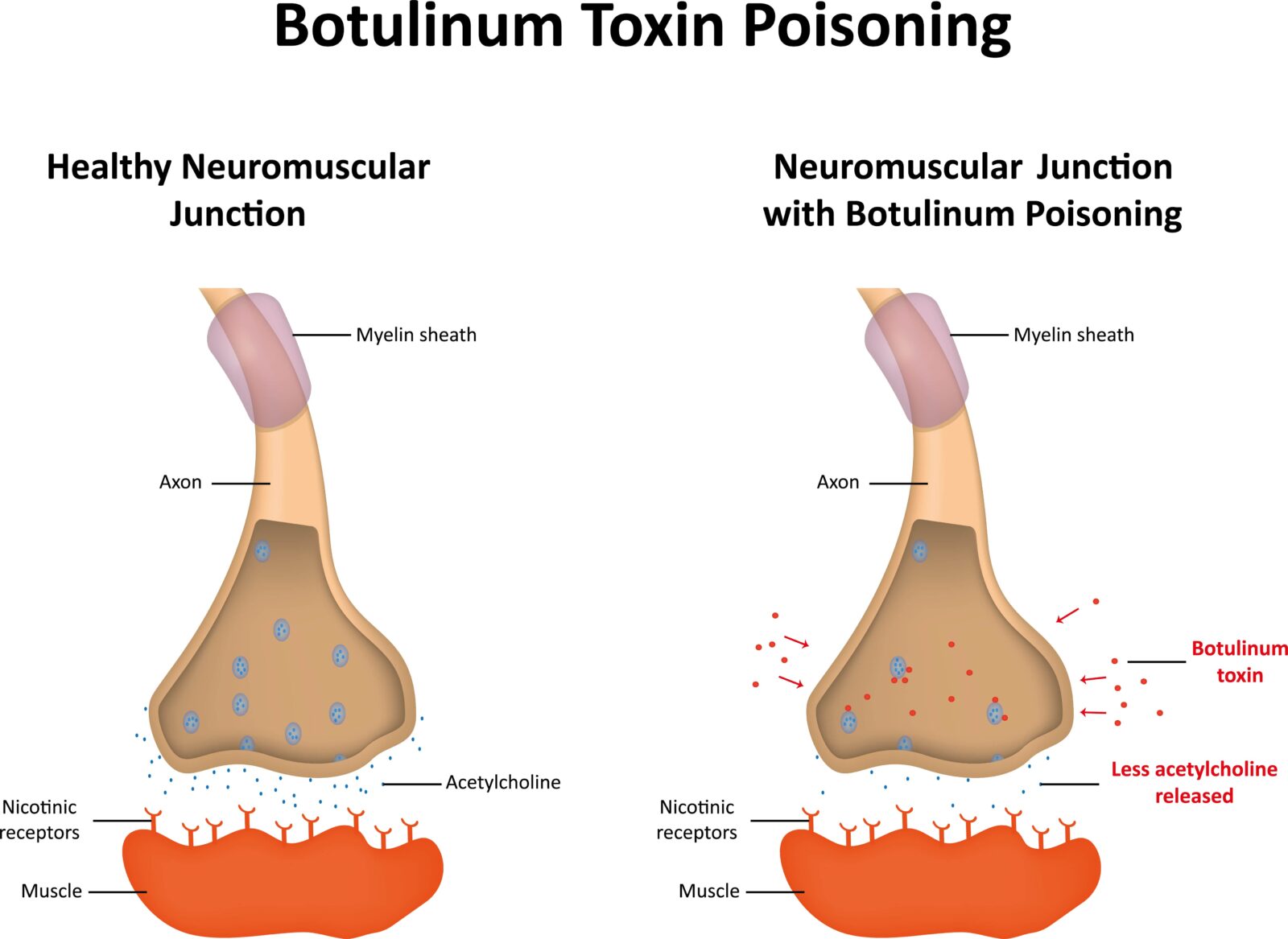Do you sweat more than is normal or necessary? Do you find yourself sweating when others around you are not? If so, you may be suffering from a condition called hyperhidrosis. Hyperhidrosis is a medical condition that causes excessive sweating, even when the body does not need to cool down. In this blog post, we will discuss all aspects of hyperhidrosis, including how it is diagnosed and treated.
What is hyperhidrosis?
Hyperhidrosis is a condition that results in excessive sweating. This sweating occurs even when the body does not need to cool down and can be very bothersome. There are two types of hyperhidrosis: primary and secondary.

- Primary hyperhidrosis occurs when the sweating is not due to another medical condition or stimulus, such as heat or exercise. Primary hyperhidrosis is more prevalent in adults 18-39 and usually has a genetic component.
- Secondary hyperhidrosis occurs when the sweating is a symptom of another medical condition, such as anxiety or diabetes. It can also occur as a side effect of certain medications.
Hyperhidrosis can be a very embarrassing condition, as it can cause profuse sweating from your palms, soles of your feet, lower back, buttocks, head, face, or underarms. This excessive sweating can occur even when the temperature is not warm and can happen at any time of day. In some cases, this excessive sweating can also lead to secondary skin conditions from the constant moisture.
How is hyperhidrosis diagnosed?
If you think you may be suffering from hyperhidrosis, it is important to see a doctor. They will likely ask you about your symptoms and when they occur. They may also perform a physical exam to look for areas of excessive sweating. In some cases, your doctor may also order blood tests or other tests to rule out other conditions that may be causing your symptoms.
One of these tests is known as a starch-iodine test. This test is used to measure the amount of sweat you produce. First, your doctor will apply a solution of iodine and starch to your skin. This solution turns blue when it comes into contact with sweat. After a few minutes, your doctor will check to see how much of the solution has been absorbed by your skin. If you have hyperhidrosis, you will have more of the solution on your skin.
How is hyperhidrosis treated?
There are a few different ways that hyperhidrosis can be treated. These include:
Medications:

Anticholinergics are a type of medication that can be used to treat hyperhidrosis. This medication works by blocking the nerve signals that tell your sweat glands to produce sweat.
Botox Injections:
Botulinum toxin injections, more commonly known as Botox, can also be used to treat hyperhidrosis. These injections work by temporarily blocking the nerves that trigger sweat glands.
MiraDry Treatment:
MiraDry is a new FDA-approved treatment for hyperhidrosis that uses controlled electromagnetic energy to permanently destroy the sweat glands within the underarm while leaving the surrounding tissue unharmed. This treatment is non-invasive and only requires local anesthesia.
In Conclusion
In this blog post, we have discussed hyperhidrosis, a condition that causes excessive sweating. We have gone over the different types of hyperhidrosis and how it is diagnosed. Finally, we have discussed some of the different ways that hyperhidrosis can be treated. If you think you may be suffering from this condition, it is important to see a doctor so that you can get the treatment you need. Call our office today to schedule a consultation to discuss your treatment options!





